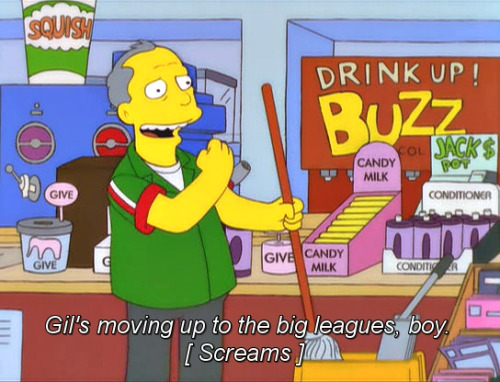This is the first thing I have written since coming to London. The change of pace from Copenhagen has been difficult to adapt too. Every time I step outside the door, it's some new adventure. As I look for jobs, I have been trying to work on some projects.
 |
| Ceramic cutter arm on top |
Bottle cutter
There is an abundance of material which is sitting around and could be used to create anything e.g. aluminium cans, newspaper, bottles, fag butts (?)...I thought I would start with wine and beer bottles. With a little help from
Instructables, I built version 1.0 of the Bottle Cracker because right now the glass keeps cracking. From Youtube I found that to break the glass, you pour boiling water on the crack, followed by cold water (keep doing it until the crack propagates). So far the results have not been great but I think I need to secure the cutter section more and fix the wheels.
 |
| Laser wooden pots |
TopPot
Currently working with Andy on a plant pot for kids which comes flat packed with all the 'ingredients' (soil, seeds) and instructions. The idea is to get the kids involved to the point where they connect with the pot (not physically). Hoping to make a prototype soon.
 |
| Chair and table/foot rest |
Furniture
So I had an interesting experience with a furniture company here in Shoreditch. Sadly, I parted ways as the job description was not what I expected. But I really like furniture and it was a cool company. The idea of modular furniture that packs away neatly (especially when you have a small living space) gives me great pleasure and joy.
 |
| This app...OHHHH this app! |
Android development
I am no programmer but over the last few weeks I have been dabbling in some code using the online training platform
codecademy.com. Tried the Python course and now I am working on HTML/CSS in order to redesign the City Music Tours website. I am very excited about working on apps and as I have a shitty Samsung, I thought I would try Android OS by following the
Android Developer training instructions. This has proved to be a headache and at this point I have re-installed the ADT (Android Developer Tools) around 4 times. The funny thing is, the app worked fine the first time round. Hopefully with the help of a very intelligent programmer, I can get this Bidoooo app working.
Tiling
 |
| Red lines on white tile |
After walking past a gallery in Mayfair and seeing some abstract art, I decided to have a go at it. I found some tiles in the house and did some abstract stuff. As my friend pointed out, most of that abstract stuff seems to sell according to size of the piece. This piece is 7m x 7m...any takers?






















